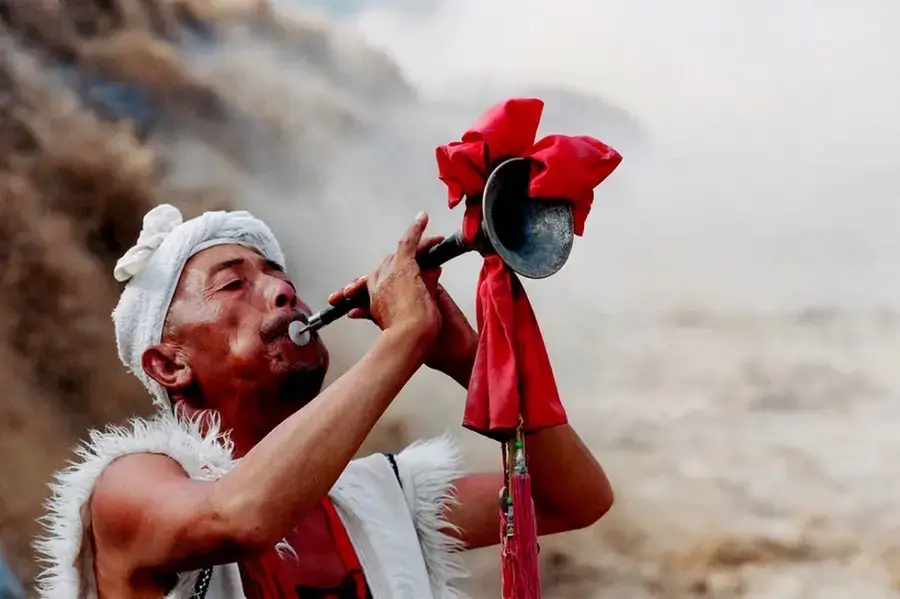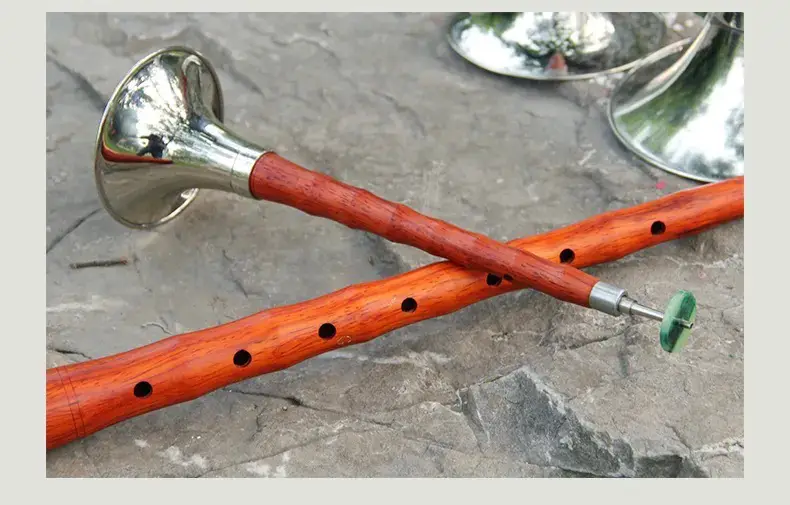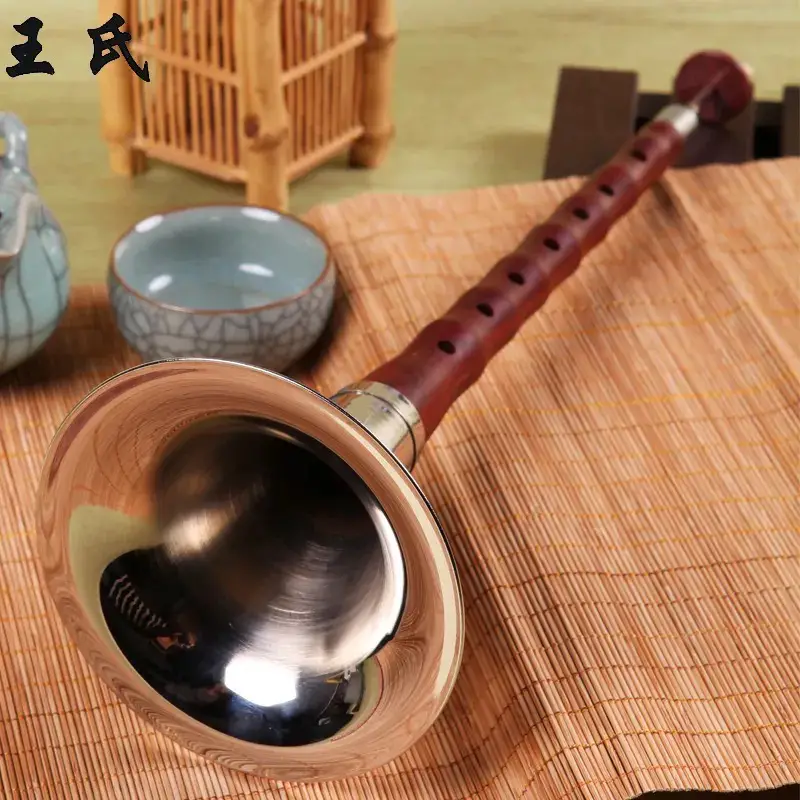The suona instrument, also called Laba,dida, or Haidi, is a woodwind musical equipment that produces a loud and magnificent sound. The tool is popular among the Chinese and is frequently used in music ensembles.
What Is Suona?

Suona was first introduced to China to inspire soldiers on the battlefield due to its loud, boisterous tone. This is the Chinese horn, Currently, the suona instrument is among the tools played in the traditional Chinese orchestra. The device is played alongside other instruments like di and sheng, a flute, and an elegant mouth organ.
What Is Suona Made Of?

Suona consists of five parts: invader, pole, whistle, gas card, and bow. The pole is attached to a conical wooden body covered with a tube containing eight finger holes. Seven holes appear at the front, while only one spot is at the back. However, the seventh hole resembles the tube sound, while the eighth hole resembles the first.
Suona History
Suona, initially known as surna, first appeared on Chinese soil around the 3rd century. Its basic design originated from ancient Iran and was extensively used outdoors by the Chinese in traditional music groups. Suona was primarily used in the Ming and Qing dynasties. In the latter dynasty, however, the instrument was called “surname.” The suona increased in popularity, and on May 2006, Suona art was recognized by the State Council and was added to the list of intangible cultural treasures.
Where did the suona come from?
Contrary to popular belief among the Chinese that suona originated from India, the suona was first introduced to china from Persia and Arabia.
Who invented the suona?
It is unclear who invented the suona, as there is no record of suona in ancient books. But it is on record that Qi Ji Guang, a general of the Ming dynasty, used suona in military music. Suona became indispensable in opera music towards the end of the Ming dynasty.
Where Is Suona Used?

Suona, known for its loud sound, can take the lead when other instruments are played alongside it. The Chinese see the suona as a military instrument, but other countries in Asia use the tools at wedding and funeral ceremonies. To that end, some people associate it with good luck, the ability to chase negative energy, and any form of evil spirits, especially during festivities.
Besides being used at festivals, the suona is linked to diverse trumpets across several registers. The suona is also categorized into the reformed suona and the traditional suona. The two instruments are currently used in the modern Chinese orchestra to supplement each other.
How Is The Suona Played?
Even though the suona has been reformed to produce sounds like alto, tenor, and bass, the instrument is akin to tools like dizi and sheng, which do not make sounds in a standard key. The suona does not also produce pieces that have numerous vital changes. Therefore, suona musicians should bring other instruments while performing in an orchestra.